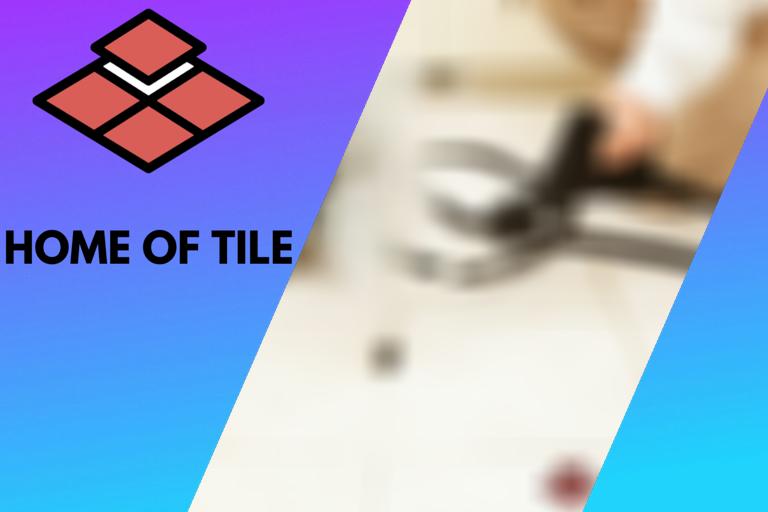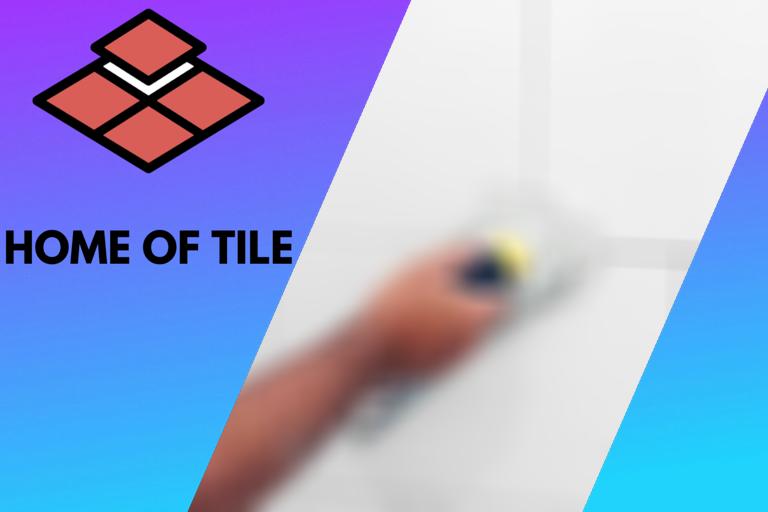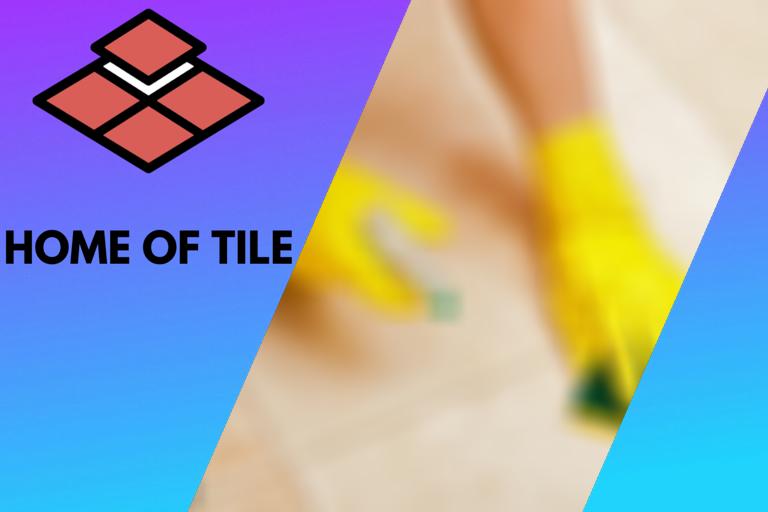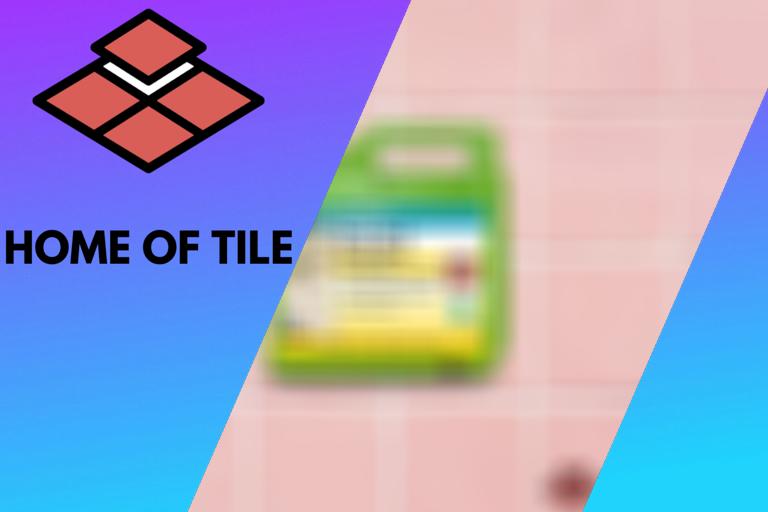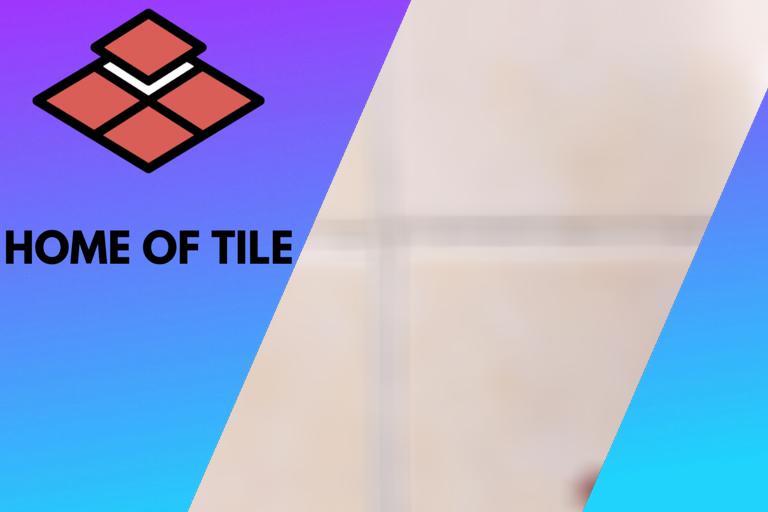What Is Grout Release? What the pros say
Installing new tiles in your home is a bear of a task. There are a great many questions to be asked and answered. After deciding on a tile material and grout color, you are probably wondering about how to protect the grout and tiles.
Grout release is a product that makes cleaning excess sealer from tiles a much easier task. Grout release is applied before you lay your grout. This is especially true if you have textured tiles in your home. Using grout release is the best way to avoid having to scrub tiles after sealing the grout.

In the paragraphs below, I’ll explain further how grout release works and why it is a good idea to use it.
How Does It Work?
Grout release is applied before you lay your grout and seal it. It is applied to the tiles surrounding the grout lines that you will fill in. Grout release is used before laying grout to provide a protective layer for your tiles.
This layer of protection comes in handy when cleaning up after the grout has been fully dried and sealed. Grout sealant is a very difficult substance to remove from tiles. Dried grout sealant requires harsh chemicals to remove from tiles. Using those chemicals is a rigorous and potentially dangerous process.
Grout release helps you avoid this by coating the tiles with a layer of water-soluble substance. This means that any grout sealer you accidentally get on your tiles during sealing the grout will not actually be on the tile. It will be on the layer of grout release.
That layer of protection makes cleaning up after laying and sealing grout easier. Especially given the fact that grout release is water soluble. You can simply wipe away the excess sealant from your tiles.
This comes in handy when using a penetrating sealant. Grout is a very porous material, so frequently, penetrating sealants are used in areas that will be exposed to a lot of moisture. This protects the grout from absorbing and holding the moisture, which can cause damage and bacterial infestations like mold and mildew.
Penetrating grout sealers are incredibly difficult to remove from tile because they penetrate the tile material. To get a penetrating sealant out of tiles, you will need some very strong stripping chemicals, and you will be scrubbing vigorously for a while.
This is where grout release steps in. When grout release is applied before laying grout, it keeps the penetrating sealer from penetrating the tiles. The sealant instead just sits on top of the layer of grout release.
With the grout sealer not penetrating the tile because of the layer of grout release, cleaning the excess sealer is made as simple as wiping it away with some hot water.
Why You Should Use It
The list of positive things about grout release is much longer than the list of negatives. The only real drawback to using it is adding an extra step to your tile installation process. This extra step will pay off in the long run.
Adding a layer of grout release to your work area before laying down grout and sealing it is a simple preventative measure that will keep you from having to get on your hands and knees and scrub away haze left on your tile from excess grout sealer.
It streamlines the process of finishing the tile installation after everything is dried and sealed. Professional tile installers use grout release religiously and are much more precise in applying grout sealer than any DIY’er.
You will inevitably get some sealer on your tiles when sealing your grout. Even if you have the most steady hand in the world and work very slowly, there will be some excess sealer left behind on the tiles.
Grout release makes your life much easier by allowing you to simply wipe away the haze left by the grout sealer. It is water soluble, meaning simply cleaning the area with a sponge soaked in hot water will easily remove the haze.
While grout release may seem like a harsh chemical itself, it pales in comparison to the abrasiveness of chemical-stripping agents. You will need to use dangerous chemicals to remove dried grout sealer haze from tiles.
The time it may take you to apply grout release is time well spent. Removing grout sealer from tiles that have not been treated by grout release will take much longer. You are doing your future self a huge favor by applying grout release before you lay and seal your grout.
This is especially true if your tiles are made of stone or are textured. Stone is a porous material, and if you use a penetrating sealer on your grout and some excess ends up on your tiles, the stone will absorb the penetrating sealer, and it will be incredibly difficult to get it out.
Textured stone tiles multiply this issue ten-fold. The tile’s rough texture, combined with its porousness, will make it nearly impossible to rid the tile of the haze that comes from allowing grout sealer to penetrate and dry on the tile.
You will be scrubbing any spots of grout sealer haze off of textured stone tiles for a long time if you don’t treat the tiles with grout release before beginning to work. Grout release is a must for this type of tile and other types of tiles made from porous materials. That is, unless you enjoy scrubbing dangerous chemicals into tiles for hours at a time.
Conclusion
A grout release is a great product that will make your life much easier if you install new tiles in your home. The water-soluble solution forms a protective layer over your tiles and makes the clean-up process after sealing grout a breeze.
Let’s face it, no one likes a long, drawn-out clean-up process after already performing a task as demanding and time-consuming as installing new tiles. A grout release will make sure that cleaning up will be easy. This will give you more time to admire your newly installed tile.


